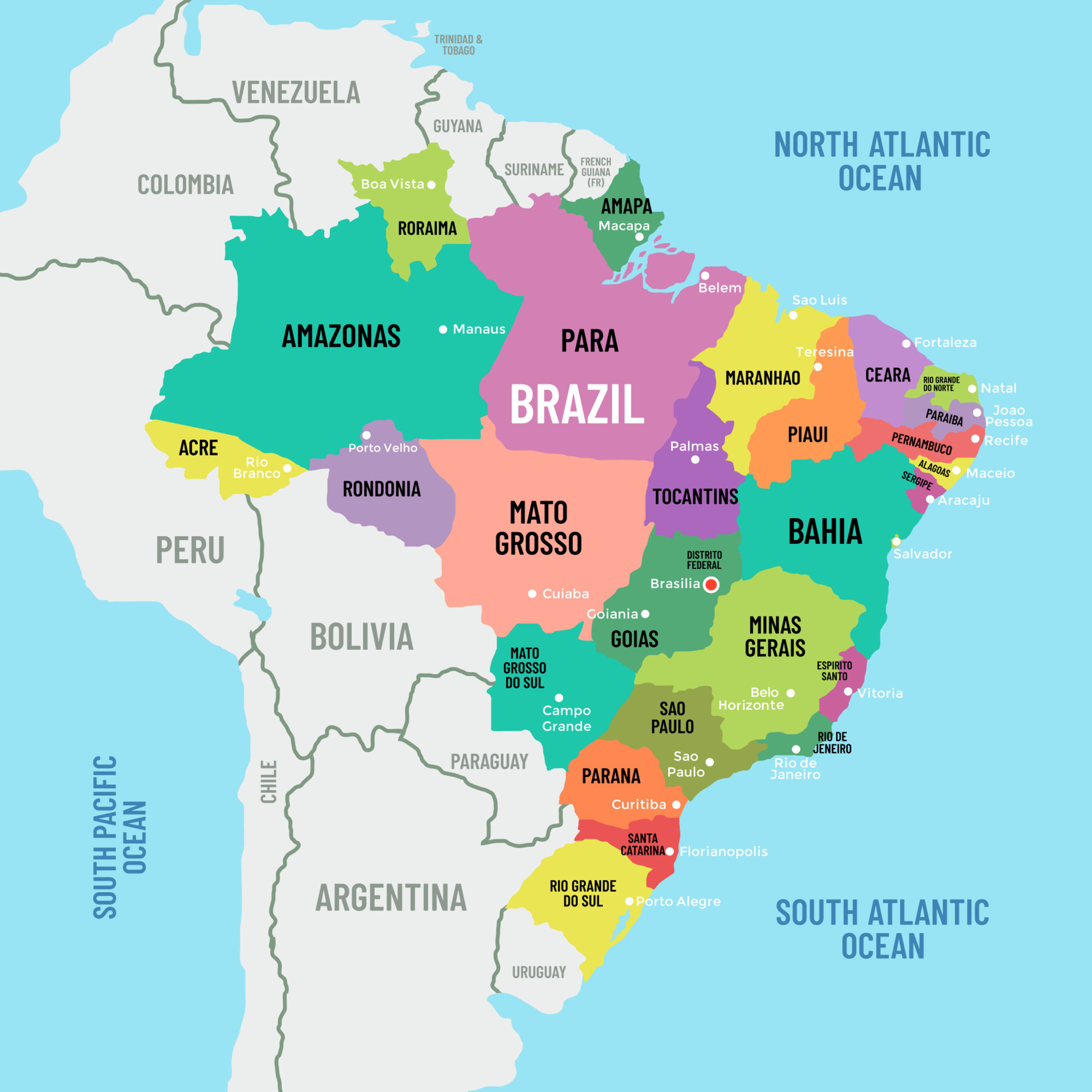More than a mere formality, the job description is an extremely important tool so that the vacancies offered by a company are filled by qualified professionals.
We can even say that this is a fundamental part of the work of the Human Resources sector to be really effective. After all, it is from a well-crafted job description that HR will be able to develop a series of other processes.
If your company hasn’t given the necessary attention to this tool and wants to better understand how to improve and get the most out of it, be sure to check this article until the end.
Throughout it, we will explain all the details that a job description should have so that you can attract the right professionals to your organization and optimize the work of your HR team.
Good reading!

What is a job description?
Without a doubt, people are the main asset of an organization. But for all employees to actually reach their maximum potential, it is very important that they know exactly what their duties are and what the company expects of them.
This is where the importance of the job description tool comes in, a document that formalizes all the functions, attributions, requirements, specifications, and postures of a position within a company, with the objective of establishing a guide for those who are part of it.
Precisely because it describes the set of tasks performed by each employee, every job description is unique. This means that everything that has been described is directly related to a particular position, with the characteristics and functionalities necessary for it to be really effective for the company.
To fulfill its purpose, it is critical that job descriptions are clear and concise. After all, as we mentioned in the introduction to the article, this is the base tool for a multitude of processes in the HR sector to be developed (such as for example, recruitment, and selection).
Another characteristic of the job description is that it must be dynamic, that is, the document needs to be reviewed from time to time so that it can meet and follow the needs of the organization and the market.
Why is a job description so important?
The job description is certainly one of the most important steps in People Management. By allowing the company to define and verify the ideal profile for each position, this tool provides different benefits for the company, such as:
- Make organizational management more organized, accessible, and transparent;
- Make decisions with greater assertiveness;
- Enable the management of individual development plans (PDI);
- Carrying out recruitment and selection processes based on competencies;
- Promotion and development of the Positions and Career Plan (PCC);
- Contribute effectively to increasing productivity;
- Develop policies to attract new employees;
- Reduce turnover rates;
- Administer and conduct promotions and salaries in a technical, effective, and transparent manner;
- Strengthen the corporate culture;
- Act preventively in organizational changes and guidelines according to market needs and trends.
Where to apply the job descriptions?
Contrary to what many people think, the job description is far from being a tool that is only used when opening a vacancy. In fact, it is very useful in different situations.
Here’s where the job description can be applied:
Recruitment and selection
It is through job descriptions that recruiters understand which vacancy needs to be filled, in addition to knowing their duties and main activities.
In this way, the professionals responsible for recruitment will have the necessary information to choose the candidate with the best qualification and profile to occupy the position in the organization.
Audit
The job description is a fundamental document for carrying out audits and for the company to earn seals related to specific technical standards.
One of the best-known examples is the ISO 9001 certificate, since, in order to be given to an organization, it is necessary to present the job description document. It is worth remembering that ISO 9001 is the basis for other quality standards.
Skills Assessments
For managers and professionals in the HR sector to be able to carry out a competency assessment, it is essential that they have job descriptions at hand.
It is from this document, for example, that these professionals map soft skills in a job interview for a particular role.
The job description allows the assessment of competencies to be carried out in an assertive way, after all, it is through it that it is possible to identify the points that need to be improved or adjusted.
Job and wages plan
The job description is one of the fundamental bases for building a job and salary plan.
The logic is simple: it is through the detailing of the activities performed by each position and the time required to perform them, that HR will be able to define the appropriate remuneration for each job position.
Development actions and training
Finally, the job description is also an important ally of HR when creating development actions.
In addition to facilitating the visualization of skills gaps within teams and the measures that will be necessary to remedy them, this tool helps employees to see and set goals for their development within the company, and to occupy higher positions.
A step-by-step guide to writing an effective job description
Now that you are aware of the importance of this tool, it is time to know how to develop a good job description.
The first thing you should know is that the job description must be in the form of a document and has a basic structure to be followed. Check out below what the standard structure of a job description document should look like:
1 – Job name
In the first part of the structure, you will need to define the name of the position. The nomenclature must be complete and as objective as possible.
It is worth remembering that the same group of functions can receive different nomenclatures depending on the company.
The most important thing is that this identification is always linked to the activities that will be performed by the person who occupies this role, as we will explain in item 4.
2 – Organizational chart
The organization chart is the mapping of the hierarchical structure of the position within the organization.
At this stage, the positions of superiors and subordinates are detailed, making it clear which function reports to whom.
3 – Mission of the position
Here it is necessary to explain the main objective of the position and present a brief description of its importance to the organization as a whole.
The question you should ask at this time is: how is the position linked to the company’s strategies?
4 – Activities of the position
After describing the mission of the position, it will be time to explain what activities are necessary to achieve it.
In this step, all activities that must be performed by the employee are described. It is even worth detailing the tasks that should not be performed by him.
The most important thing is that this description is made very clear so that it can be consulted whenever doubts arise as to the responsibilities of each professional.
5 – Experience
Here it is necessary to describe the desired professional experience for the professional who will occupy the position.
The time working in the market and the time working in the function are considered experiences.
6 – Academic training
The minimum level of education desired for the professional who will assume the position also needs to be described.
In this way, it is clearer and simpler to list the training needs for the occupation of the position and execution of the tasks.
7 – Competencies
The job description document must list the main skills that are fundamental for the occupation of the position, taking into account both technical and behavioral skills.
This is one of the most important parts to consult during a recruitment and selection process.
8 – Mandatory training
Before finalizing the job description document, it is necessary to record whether the position requires any mandatory preparation and what that training should be.
When describing the training, it is important to inform whether they need to be carried out before or after the professional takes on the role.
We hope that, with these guidelines in hand, you are prepared to extract the best that the job description tool can offer.
Another good tip when executing this mission is to research the job description templates found in the market, in addition to looking for collection methods that can meet your needs.
Did you like this post? Then subscribe to our newsletter and receive all our content directly in your email. Also, if hiring a developer is a priority to you and your company, click the button below and fill out the form.















